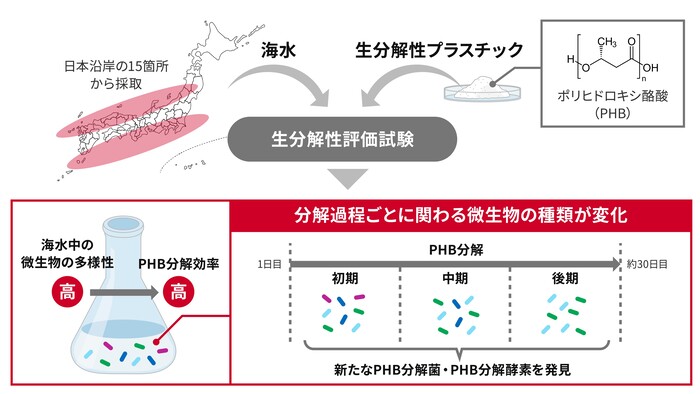2025-01-27 カロリンスカ研究所(KI)

<関連情報>
- https://news.ki.se/preterm-babies-receive-insufficient-pain-management
- https://journals.lww.com/pain/fulltext/9900/pain_in_very_preterm_infants_prevalence,_causes,.802.aspx
超早産児の痛み-有病率、原因、評価、治療。全国規模のコホート研究 Pain in very preterm infants—prevalence, causes, assessment, and treatment. A nationwide cohort study
Graham, Hillary; Razaz, Neda; Håkansson, Stellan; Blomqvist, Ylva Thernström; Johansson, Kari; Persson, Martina; Nyholm, Annika; Norman, Mikael
Pain Published:January 21, 2025
DOI:10.1097/j.pain.0000000000003528
Abstract
Studies on pain in preterm infants have usually been confined to observations of painful procedures, and information from extremely preterm infants is limited. Using registry data from a Swedish nationwide cohort, this study explored the epidemiology of pain in very preterm infants, its causes, assessments, and treatment strategies. We included liveborn infants <32 weeks’ gestational age (GA) discharged between January 2020 and June 2024. Proportions of infants exposed to potentially painful procedures, experiencing pain, assessed with pain scales, and receiving pharmacological treatment were calculated by each postnatal day. Among 3686 infants (mean birthweight 1176 g, GA 28.2 weeks), 11.6% had a painful condition and 84.1% were exposed to at least 1 potentially painful procedure. In total, 74.6% experienced pain, corresponding to 28,137/185,008 (15.2%) days of neonatal care. For every 2-week increase in GA, significantly lower proportions of infants experienced pain. In infants <28 weeks of GA, proportions with reported pain were approximately half the rate of painful procedures, while in infants born at 28 to 31 weeks, reported pain closely matched exposure to painful procedures. Pain scales were used in 75.0% of the infants. Pharmacological pain treatment was administered to 81.7% of infants, primarily topically or orally. Among infants with pain, proportions treated intravenously were larger at higher GAs. Despite effective analgesia/anesthesia, many very preterm infants experience pain. Visualizing pain epidemiology, procedures, conditions, and treatment by postnatal and gestational age may guide clinical management and generate research hypotheses to reduce short- and long-term adverse effects.

